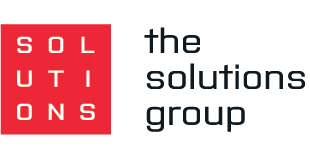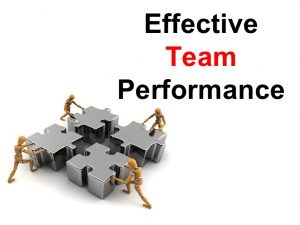Show Me the Money (and Other Ways to Reinforce Team Performance)
The benefits of positive reinforcement in the workplace are innumerable. Reward systems can incentivize and encourage higher levels of productivity, attendance, morale, and retention. They can signal to a team that the work they are doing is important and valuable. Moreover, when positive recognition is aligned with organizational objectives, it can increase profits and reinforce the motivational benefits of challenging direction and well-designed teamwork.
It is well understood that positive recognition is an integral component of supportive team performance; rewards shape behaviors more easily than punishment, and by reinforcing good behavior, leaders can increase the likelihood that those actions will be repeated.
In an idyllic world, a pat on the back would be fulfilling and satisfy our need to be acknowledged for our efforts. But while it is gratifying to be appreciated by your boss, verbal praise is often not enough. Leaders must focus on structuring the work so that it creates intrinsic motivation, and then support positive behaviors with extrinsic rewards. A well-supported work team has a reward system that provides positive consequences for good team performance, an information system that provides the data and projections that members need to plan their performance strategy, and an educational system that provides any training and technical assistance the team may need.
Workplace reward systems are defined as motivational programs that encourage efficiency, productivity, and engagement through both intrinsic and extrinsic motivation. The application of reinforcement theory within an organization can produce desirable, goal-oriented behaviors among individuals and teams. A reward system encourages the team to think of the group, rather than their individual needs while creating an environment of sustainable collective motivation.
An important component of any reward system is perceived value. When a team perceives value in an outcome, they are more likely to repeat the behavior. The opposite is true for punishment, as it directs team members’ attention toward self-preservation. This type of environment is not conducive to teaming and sets the group up for failure. For this reason, it is important for leaders to focus on positive reinforcement.
Below is a general process for establishing a reward system:
- Establish the foundation – Determine the focus of the reward system and identify how the system will be measured.
- Select a recognition champion – Find a person who is capable and willing to manage the system.
- Develop parameters – Determine the important components of the reward system and ensure that they are consistent with employee needs and expectations.
- Design the system – Decide what the system should look like and what resources will be provided.
- Pilot and introduce the process – Allow time for people to understand, test, and evaluate the reward system.
- Prepare to roll out or cycle out – Ensure that all stakeholders receive the same messaging about the reward system and orient leadership in the primary objectives of the program.
- Plan for infrastructure support – Establish team responsibilities and set deadlines.
- Evaluate and improve the process – Develop an extensive evaluation system to measure the effectiveness of the program.
- Provide ongoing support for the process – Create a system for reminding stakeholders about the program to prevent backsliding.
Reference
Designing Effective Reward and Recognition Programs (2017)
We would like to thank Whitney Lane for this post, Click Here to check out her website!


